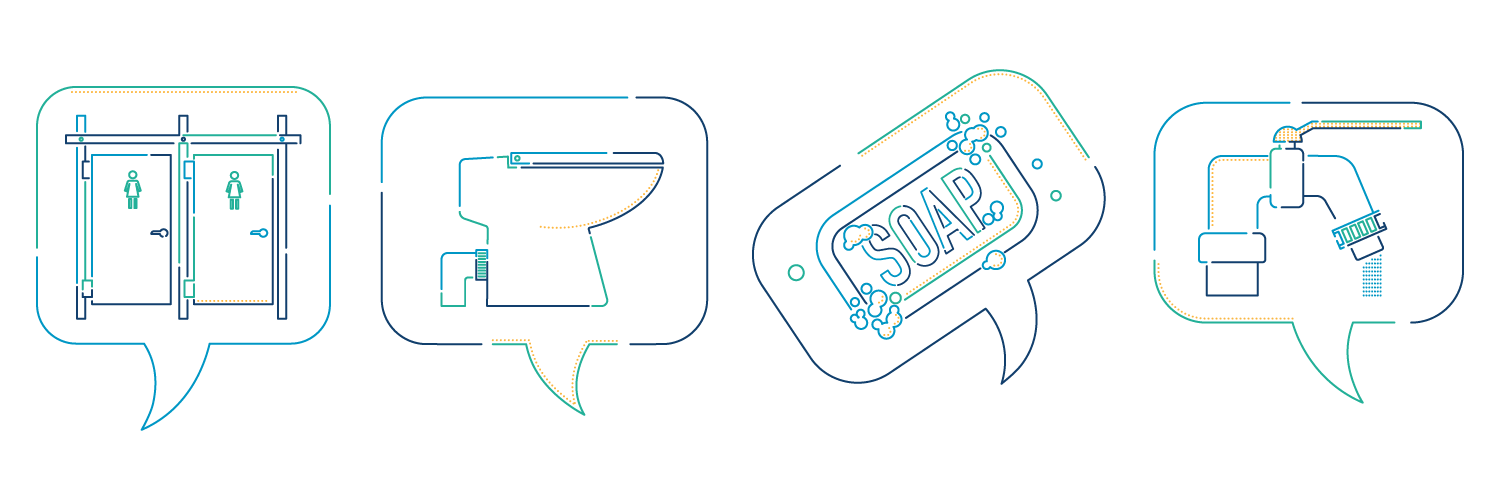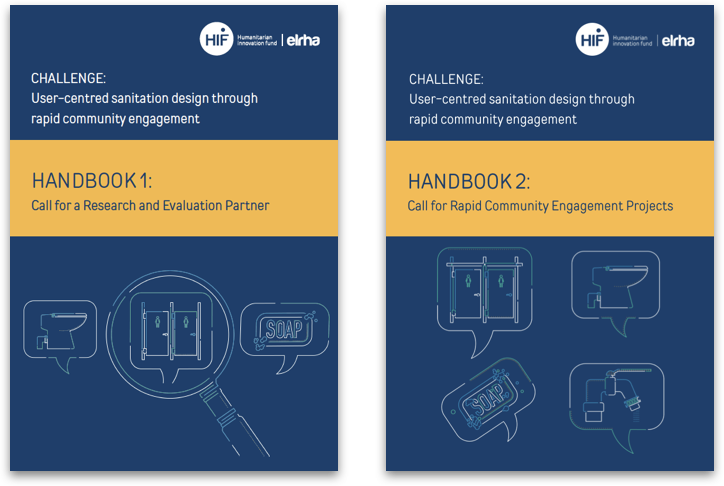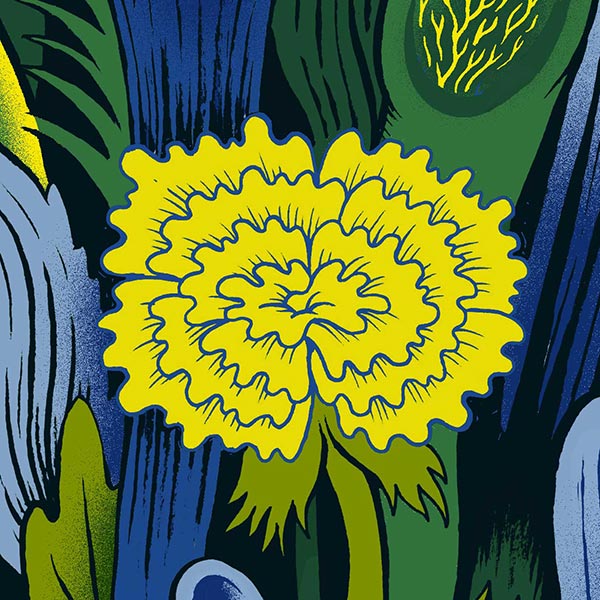Ensuring affected communities have access to appropriate sanitation facilities is critical in a humanitarian emergency. If not dealt with properly, this can further endanger lives already at risk.
Can user-centred design (UCD) principles and tools help ensure facilities match the sanitation needs and practices of affected communities?
As part of our collaboration with the Humanitarian Innovation Fund (HIF), we designed a challenge giving humanitarian practitioners an opportunity to explore the potential of UCD tools to build suitable sanitation facilities in an emergency.
Engaging with vulnerable communities in the aftermath of a crisis
There is a clear process for deciding in an emergency what toilets need to be built, how many, and where. This is to minimise casualties and any additional risks to people’s health and wellbeing. The problem is that the outcome of this process is increasingly at odds with the diverse needs, preferences, and practices of those affected. The location of a toilet, whether it’s accessible and safe, whether it’s suitable for children, women of different cultures, or those with a disability, even the direction it is facing, will have an impact on whether people will use it or not. Failure to consider such aspects in the design of sanitation solutions often means that provided toilets or latrines end up being misused, destroyed for parts, or abandoned.
The Humanitarian Innovation Fund (HIF) wanted to explore whether user-centred design principles and processes like community engagement could help address some of these issues. But community engagement in the early stages of an emergency is a contentious matter.

Firstly, there is a lack of evidence around the impact of community engagement in the early stages of an emergency. This raises a lot of uncertainties around how to carry it out, how to use the resulting insights, how to translate them into suitable facilities – or why to do it in the first place. Uncertainty and risk are exactly what humanitarian practitioners are trained to reduce in crisis situations. So the lack of appetite for community engagement was understandable.
While guidelines for carrying out community engagement exist, there is little to no information about their suitability or applicability on the ground. This is perpetuated by the little time humanitarian practitioners have in an emergency to make detailed notes about the success or failure of a particular intervention. The lack of formal monitoring and evaluation processes adds to this complexity.
Also, the underlying assumption is that involving those affected in the decision-making and process of designing suitable sanitation facilities would be inclusive, even empowering. But how realistic is this in the first days of an emergency? How likely is it that people who have undergone immense emotional and physical stress would be interested in talking about their sanitation preferences? How can you engage with them in a sensitive, yet meaningful way? How can you make sure all voices are heard and that no one is placed at risk?
These were the kinds of questions the HIF were looking to answer. We helped them define and articulate the problem in the form of an innovation challenge.
Challenge: User-Centred Sanitation Design Through Rapid Community Engagement
We started by reviewing materials the HIF had commissioned around the limitations of sanitation provision in rapid-onset emergencies. Two limitations kept coming up – the lack of examples of best practice around community engagement to inform rapid sanitation design, and the lack of evidence to assess the impact of such initiatives.
How could we design a challenge that addressed both of these limitations? While driving community engagement projects was a priority, we also wanted to be able to compare their impact across different settings. We were increasingly aware that without an effective way to monitor and evaluate the projects, the opportunity to disseminate practice and improve the adoption of community engagement approaches was slim.
So we designed a challenge with two calls. The first was for up to five innovative Community Engagement Projects that could be used in the early stages of a rapid-onset emergency to inform sanitation decisions. The aim of this call was to generate a variety of innovative approaches and contexts of use.
The second call was for a Research and Evaluation Partner. Their role would include reviewing existing best practices, sharing lessons, co-developing with the selected community engagement projects a suitable framework for monitoring and evaluating the impact of their approaches, and carrying out the evaluation.

Handbooks for the Research and Evaluation Partner and Rapid Community Engagement Projects.
We created Handbooks for each call to detail the problem, the context, what is expected of selected partners, and criteria to consider when developing proposals.
For the community engagement projects the criteria included: ensuring an equal representation of all voices in the engagement, and integration within existing humanitarian processes.
We also made it explicit that the challenge was not about blindly pushing for community engagement, but about building an evidence base of its impact on sanitation provision and use.
Once launched, we helped the HIF run the challenge by co-designing the application process and materials, and shortlisting applications.
Innovation Workshop
Because of the novelty of both the challenge topic and structure, we co-designed an Innovation Workshop with the HIF to allow shortlisted community engagement projects to ask any questions and strengthen their proposals. The 2-day workshop was an opportunity for humanitarian practitioners to explore different user-centred design principles and tools and see if/how these might be of use in a rapid-onset emergency. For community engagement practitioners, the workshop was a chance to understand more about the humanitarian setting and how they can adapt their tools to it.
We worked as part of a diverse team to design the workshop. This included the humanitarian organisation Oxfam GB, who were the selected Research & Evaluation Partner (read their Landscape Review here); and Pivotal Labs, a software company that uses lean methodologies and user-centred design to create new digital products. Pivotal ran a session on UCD tools for humanitarian innovation (you can find the Toolkit they created for the workshop here).
Building empathy maps @The_HIF #usercentredsanitation #communityengagement workshop - our persona in an emergency setting pic.twitter.com/rBXhF1pDY9
— eclipse experience (@eclipse_london) July 11, 2017
Beautifully drawn user journey map for the persona 'Peter', 5 yrs old and refugee in Sub-Saharan country #usercentereddesign @The_HIF pic.twitter.com/l8PxZsd3TQ
— Cecilie Hestbæk (@ceciliehestbaek) July 11, 2017
We were really excited to hear that after the workshop most of the shortlisted projects updated their proposals to include a number of user-centred design tools discussed in the workshop, such as user journeys and empathy maps.
Those who took part in the workshop also found it very useful to share their ideas with fellow applicants, and get feedback from the WASH humanitarian experts and the UCD experts present.
Overview of the HIF User-Centred Sanitation Design Workshop from Elrha on Vimeo.
User-centred design practices in humanitarian WASH
This project gave us the opportunity to see how to best create a context for two very different communities of practitioners to learn from each other and co-create solutions. Our key takeaways:
-
Define problems in a clear and accessible way to attract diverse solvers. Having a clear problem will make it easier for new people to understand it. It can also make it easier to figure out how they can contribute to developing solutions.
-
Give people space to learn from each other, understand what they can bring to a project and how they can collaborate on solving problems. The Innovation Workshop was valuable in enabling humanitarian practitioners and community engagement practitioners to share tools and explore how these could be adapted to a crisis situation.
-
Explore and evaluate the impact of different practices, don’t enforce them before you know they work. User-centred design principles and processes like community engagement may offer a way of building more suitable facilities. But there is little evidence to back it up. The focus of the innovation challenge was on encouraging humanitarian practitioners and community engagement practitioners to work together on developing suitable engagement tools and then testing them to see if they make a difference.
The selected community engagement projects are currently ongoing. We look forward to following their progress as they unfold over the next year.

